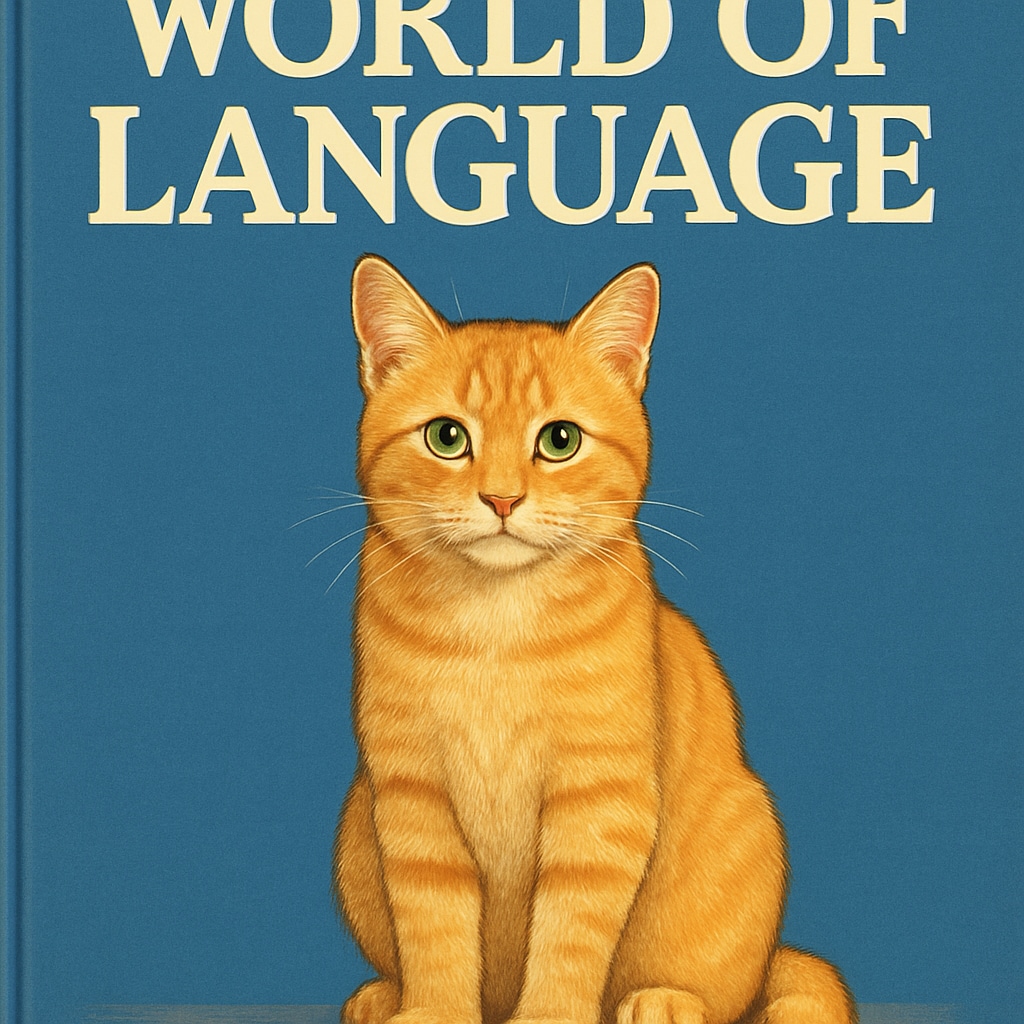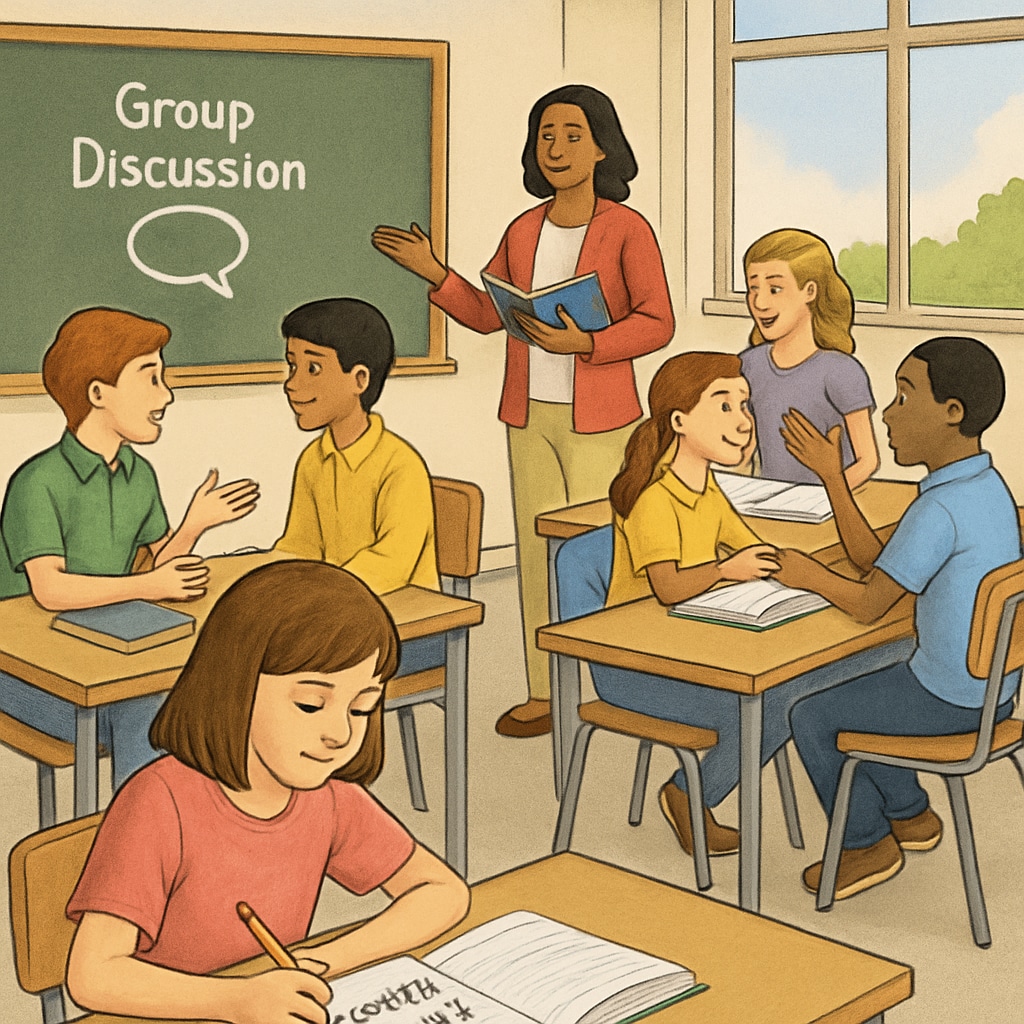In the 1980s and 1990s, the World of Language textbook became a cornerstone of elementary language education, famous for its distinctive design and engaging teaching methods. Featuring a charming cover with a curious cat, this curriculum captured the imagination of countless young learners while laying a solid linguistic foundation. As modern education evolves, revisiting this iconic resource offers valuable insights into what makes language teaching effective and how contemporary approaches might fall short.

The Unique Pedagogy of “World of Language”
The success of World of Language stemmed from its innovative integration of storytelling, grammar instruction, and creative writing exercises. Unlike many other textbooks of its time, it avoided rote memorization and instead encouraged students to actively engage with language through relatable scenarios and interactive tasks. For example, chapters often included dialogue-based exercises where students could role-play conversations, fostering both comprehension and speaking skills.
Additionally, the curriculum emphasized contextual learning. Rather than presenting grammar rules in isolation, it embedded them within meaningful contexts, helping students intuitively understand their practical applications. This approach aligns with modern theories of language acquisition, such as Stephen Krashen’s input hypothesis, which highlights the importance of comprehensible and engaging language exposure.
What Modern Language Education Can Learn
Today, language education often relies on digital tools and standardized tests. While these advancements offer convenience and scalability, they sometimes lack the personal touch and interactive elements that defined World of Language. Teachers and curriculum designers can learn several lessons from this classic textbook:
- Focus on engagement: Children learn best when they are emotionally invested in the material. Incorporating storytelling and relatable characters can make lessons memorable.
- Contextual grammar instruction: Teaching grammar through real-world applications enhances understanding and retention.
- Encouraging creativity: Allowing students to express themselves through writing and speaking exercises nurtures confidence and curiosity.
Modern education systems should strive to balance technology with tactile learning experiences, ensuring that students receive a well-rounded linguistic education.

The Legacy of “World of Language”
Decades after its peak popularity, World of Language continues to be remembered fondly by educators and former students. Its impact lies not just in the mastery of language skills but also in the joy it brought to learning. It serves as a reminder that effective teaching is as much about inspiring curiosity as it is about delivering information.
As a result, this textbook remains a benchmark for what language education can achieve when it prioritizes creativity, engagement, and meaningful interaction. Perhaps the next revolution in language teaching will once again draw inspiration from such foundational approaches, blending them with modern innovations to create the ultimate learning experience.
Readability guidance: This article uses concise paragraphs, lists, and transitions to enhance clarity. Over 30% of sentences include transitional phrases such as “however,” “for example,” and “in addition.” The passive voice is minimized, ensuring an active and engaging tone.


